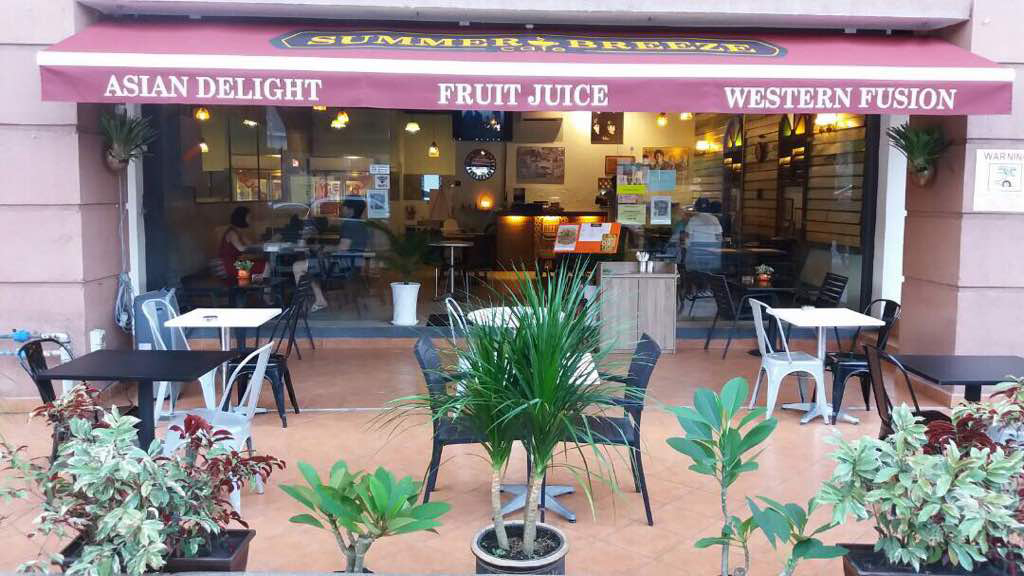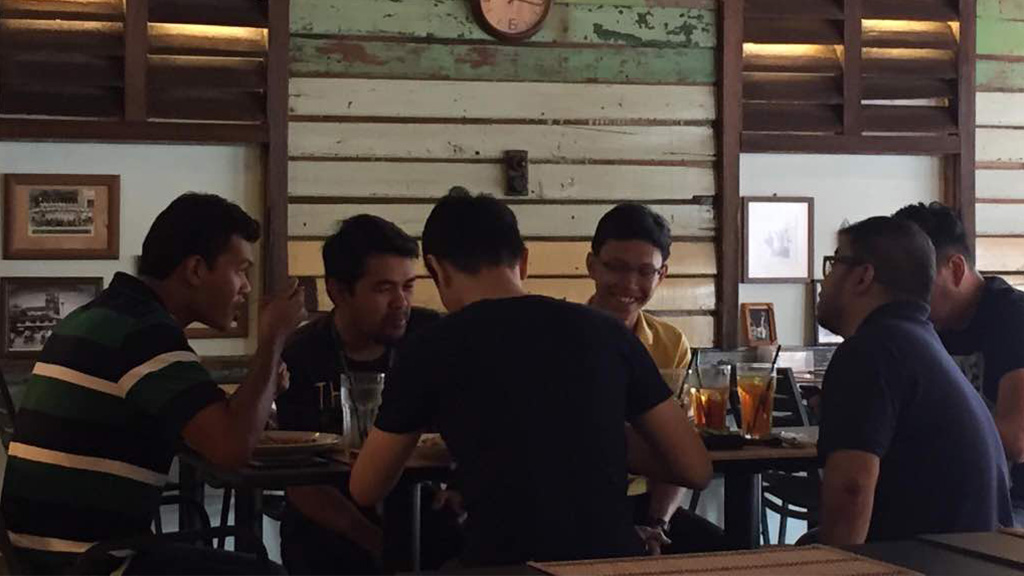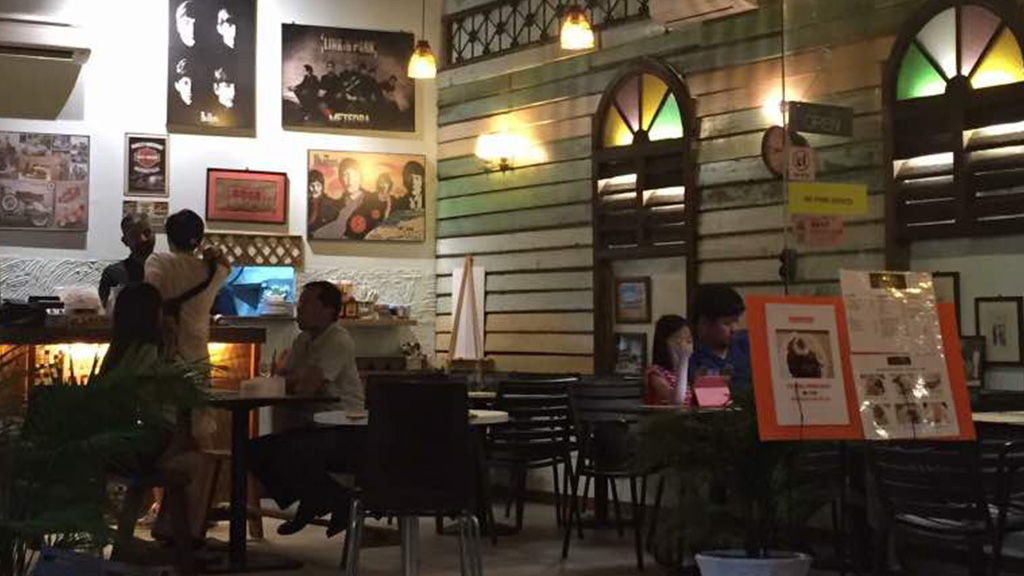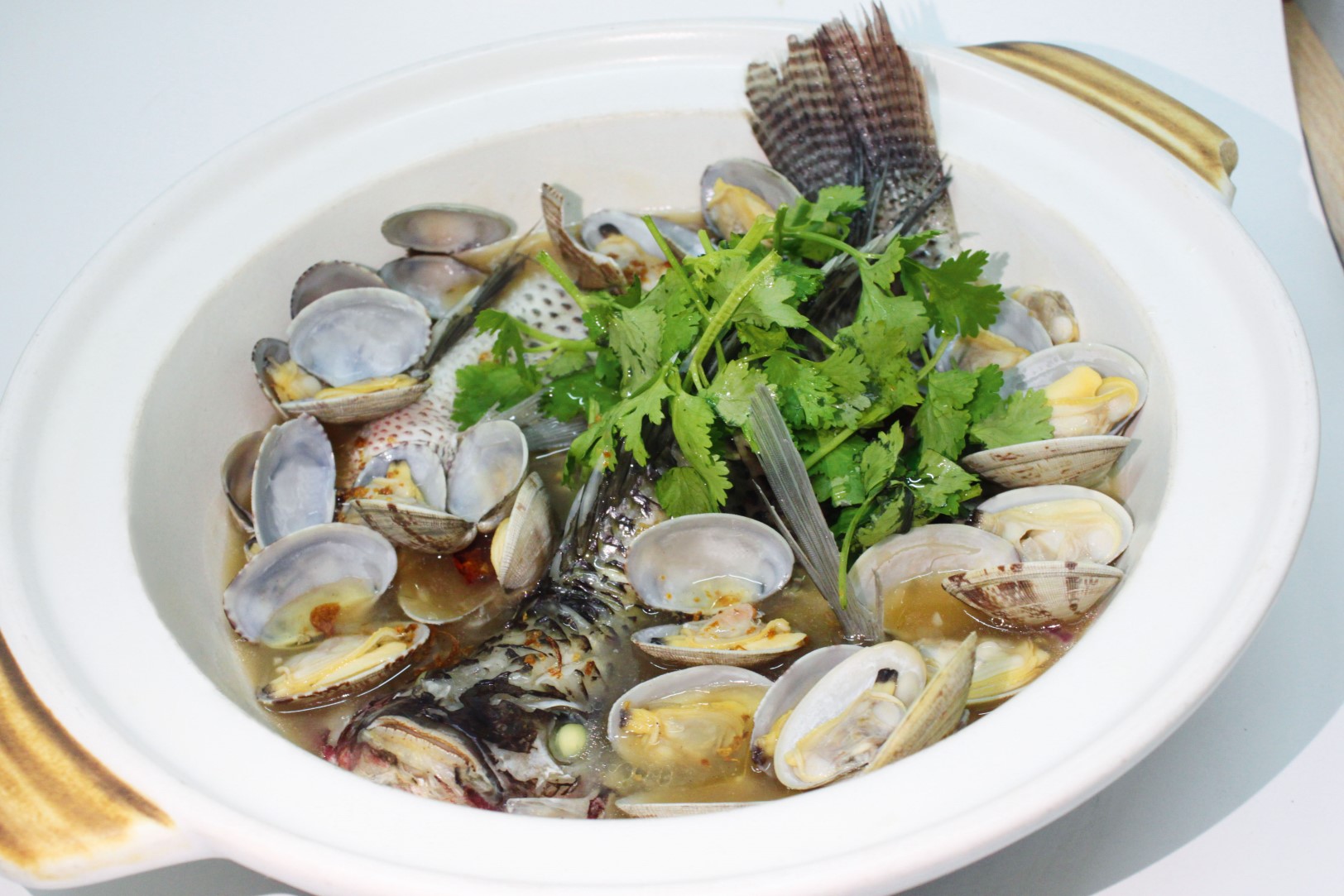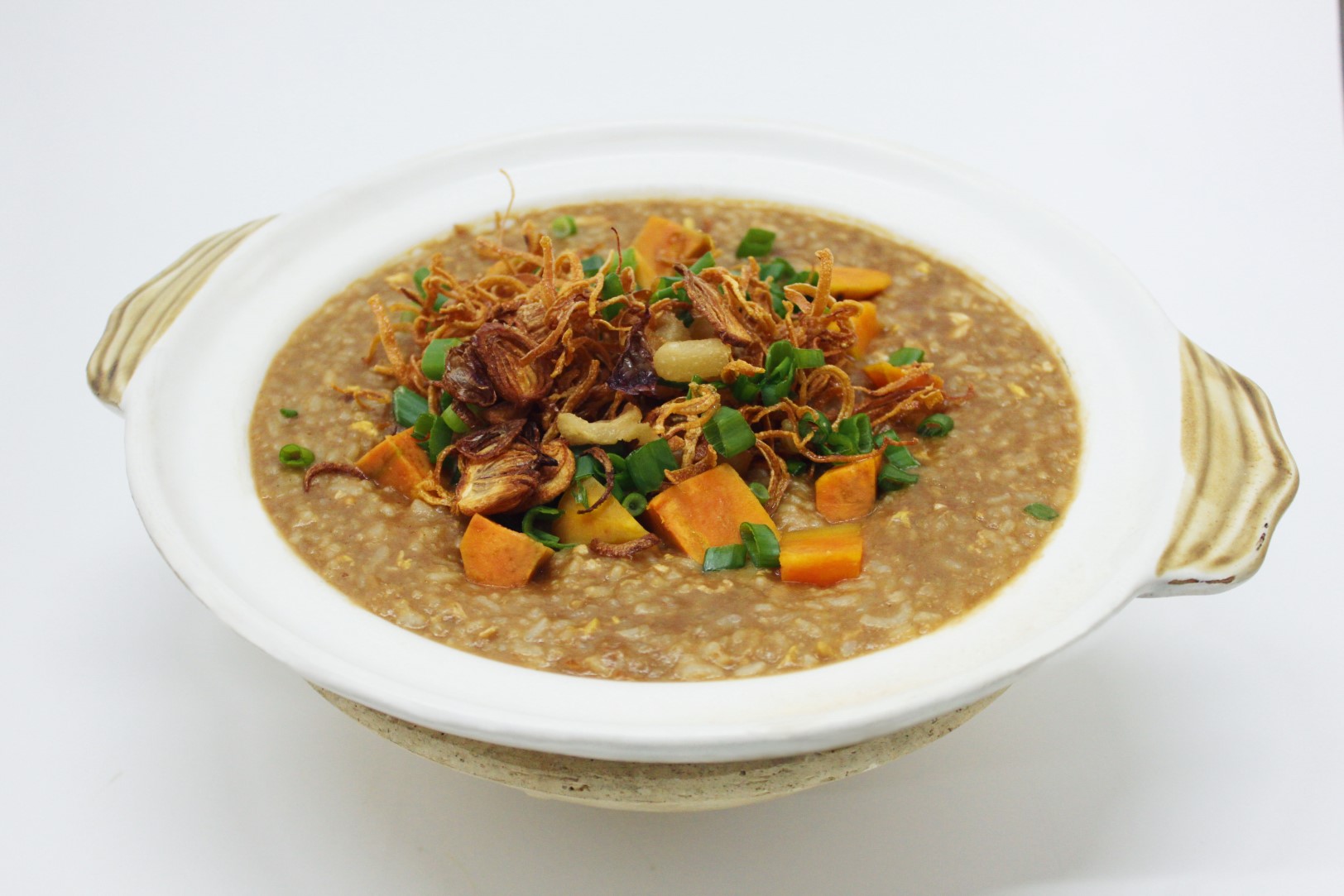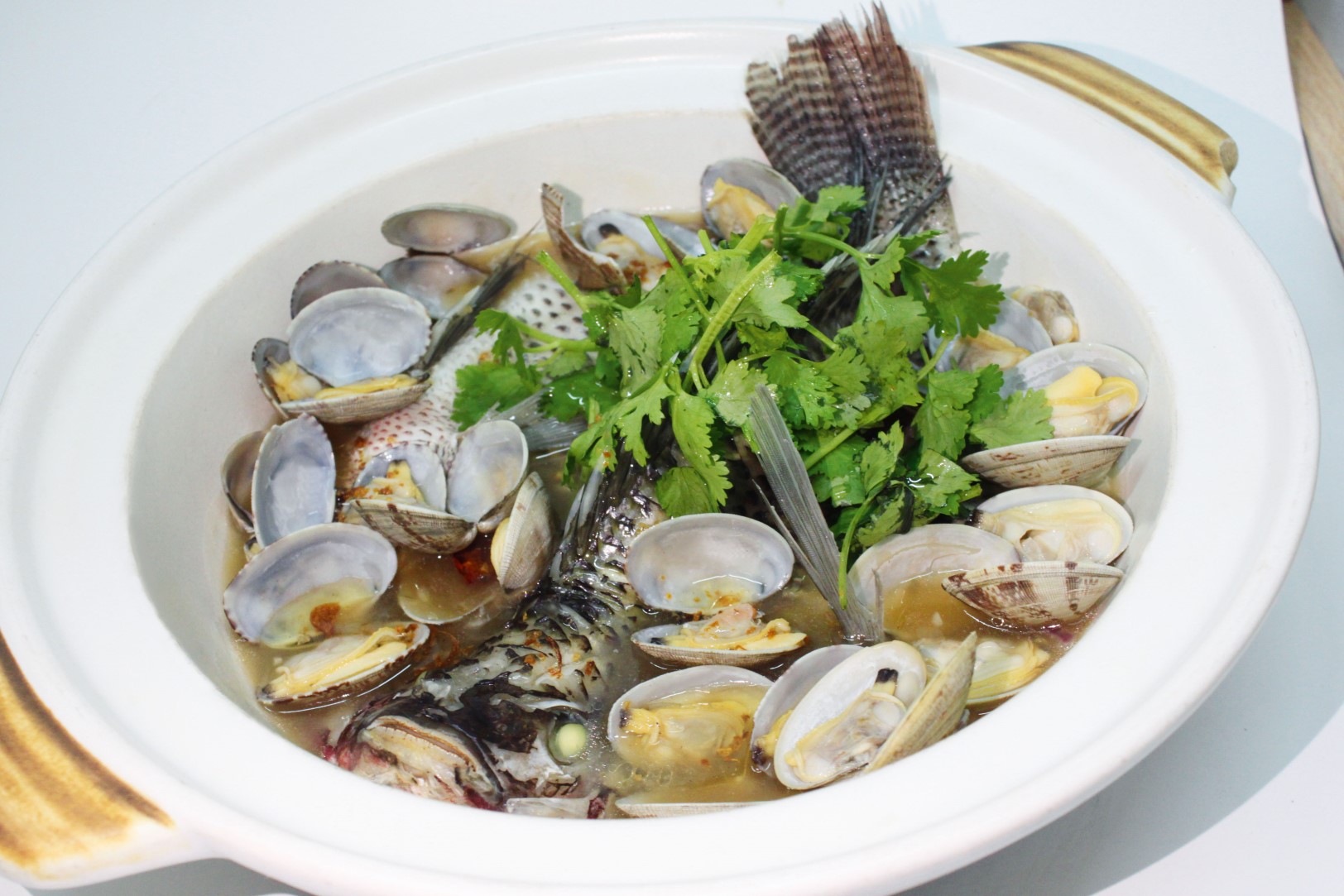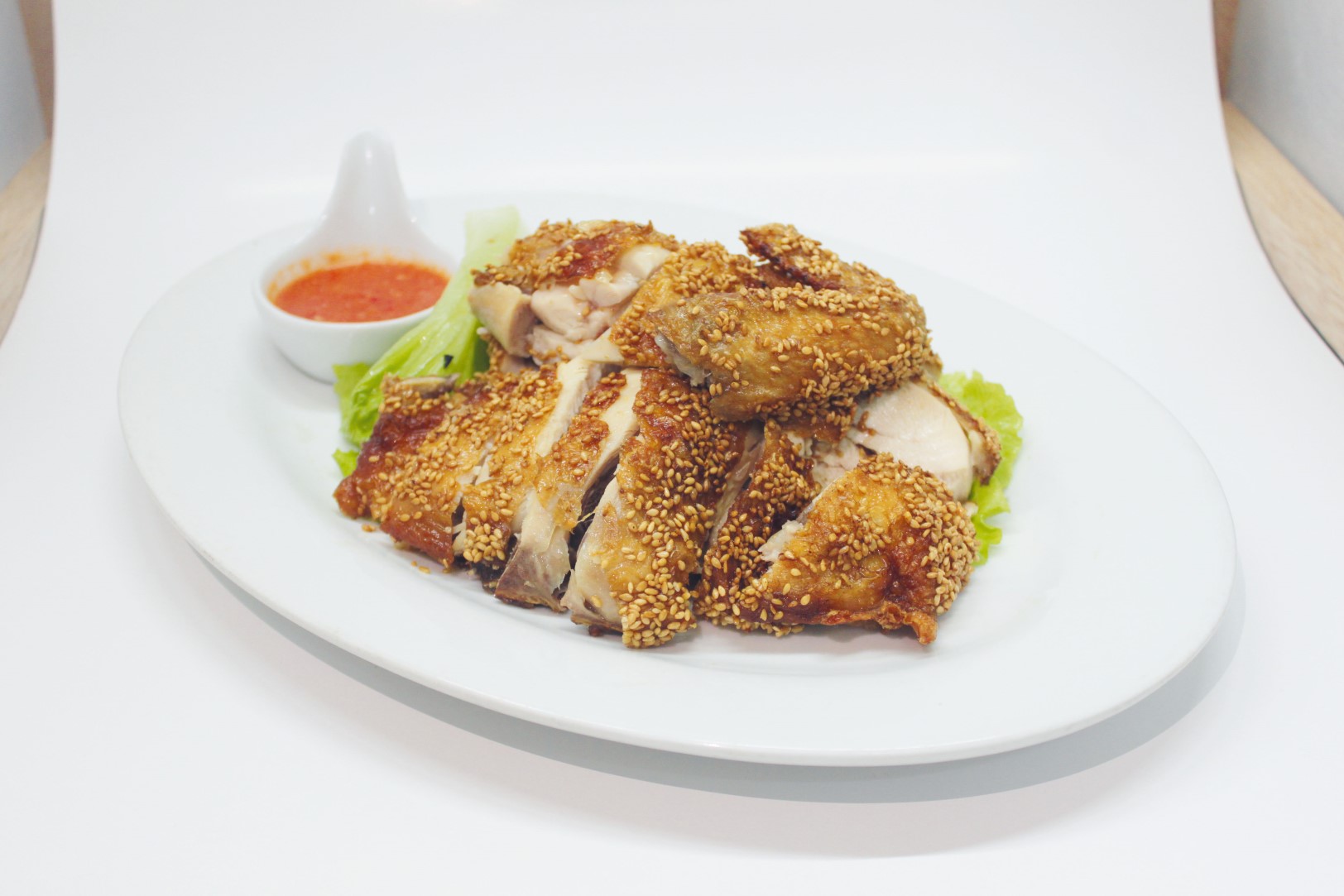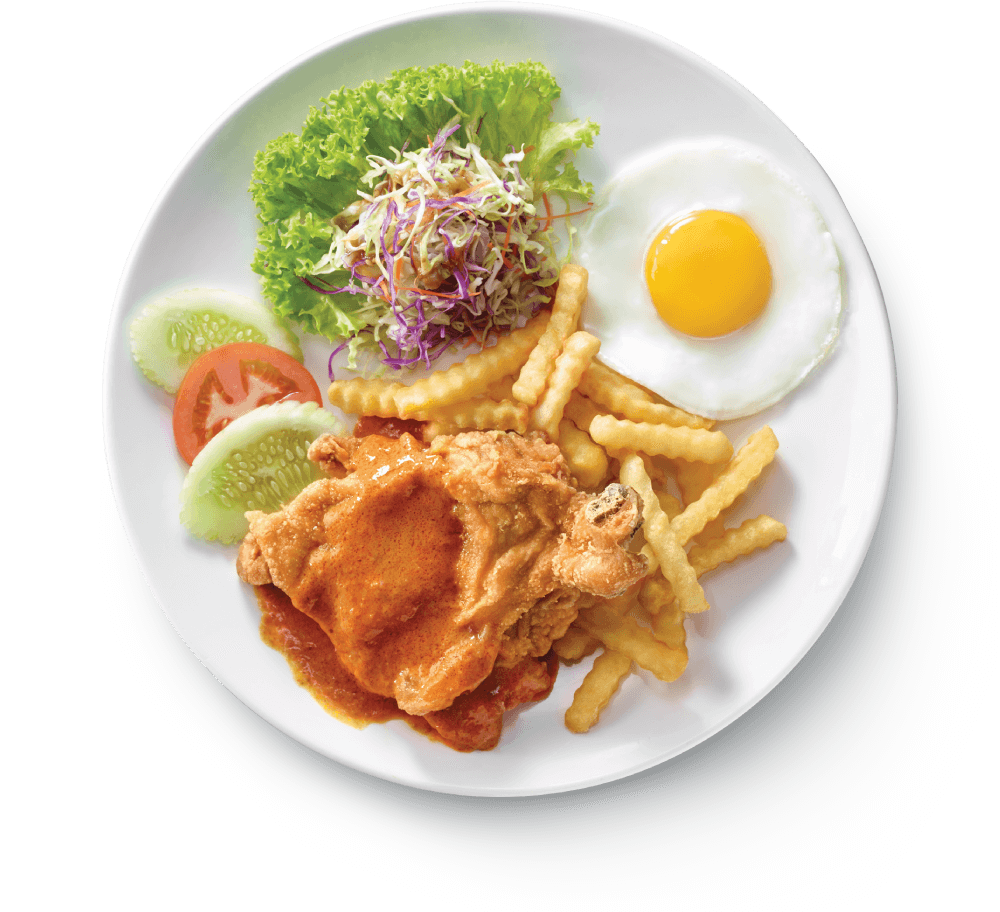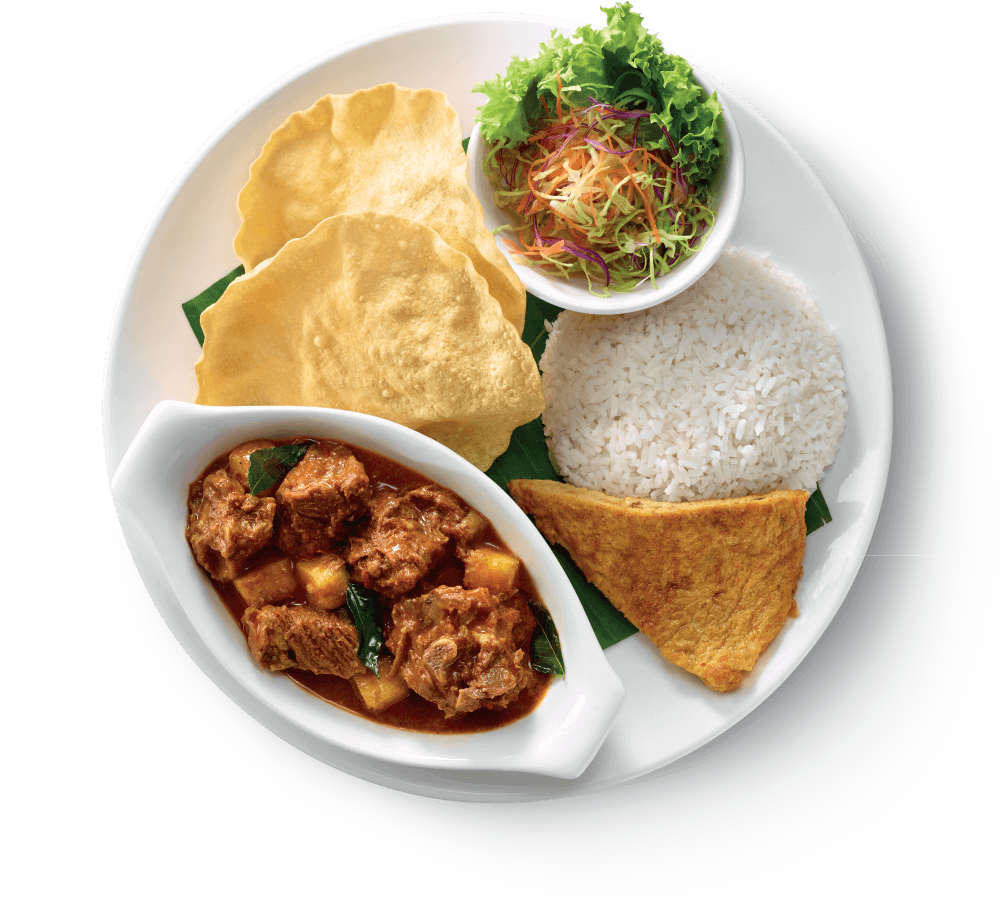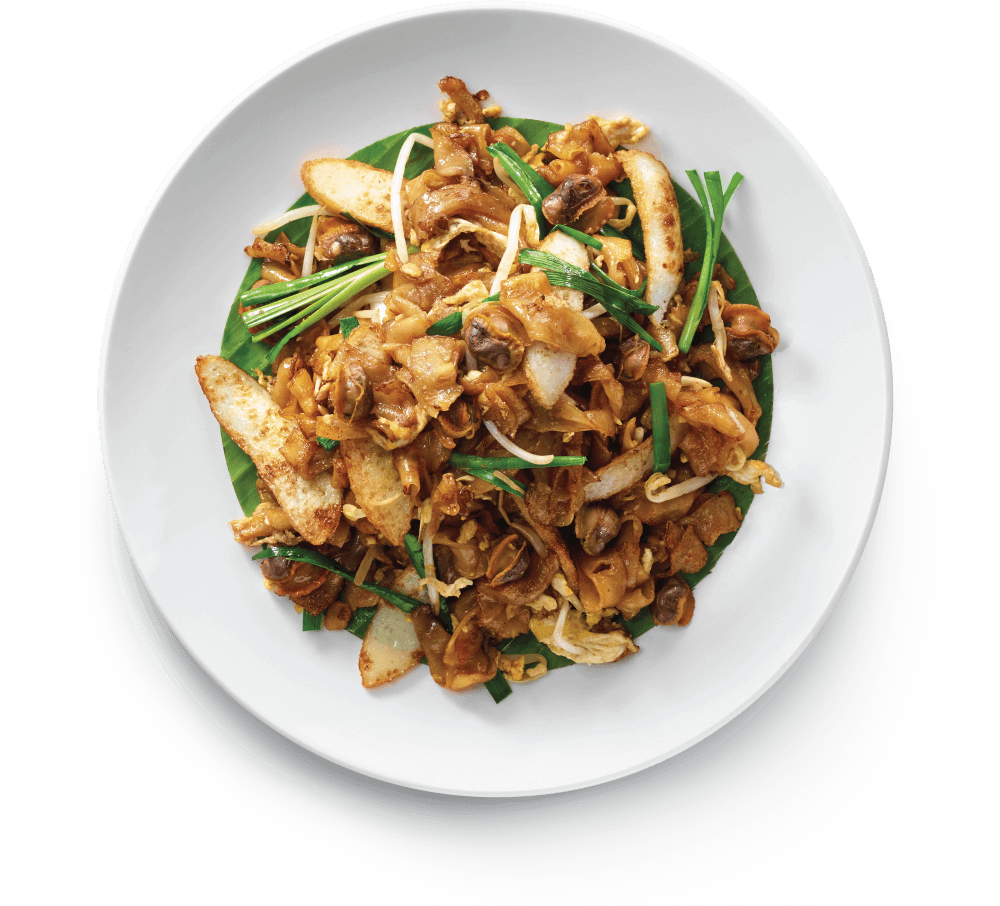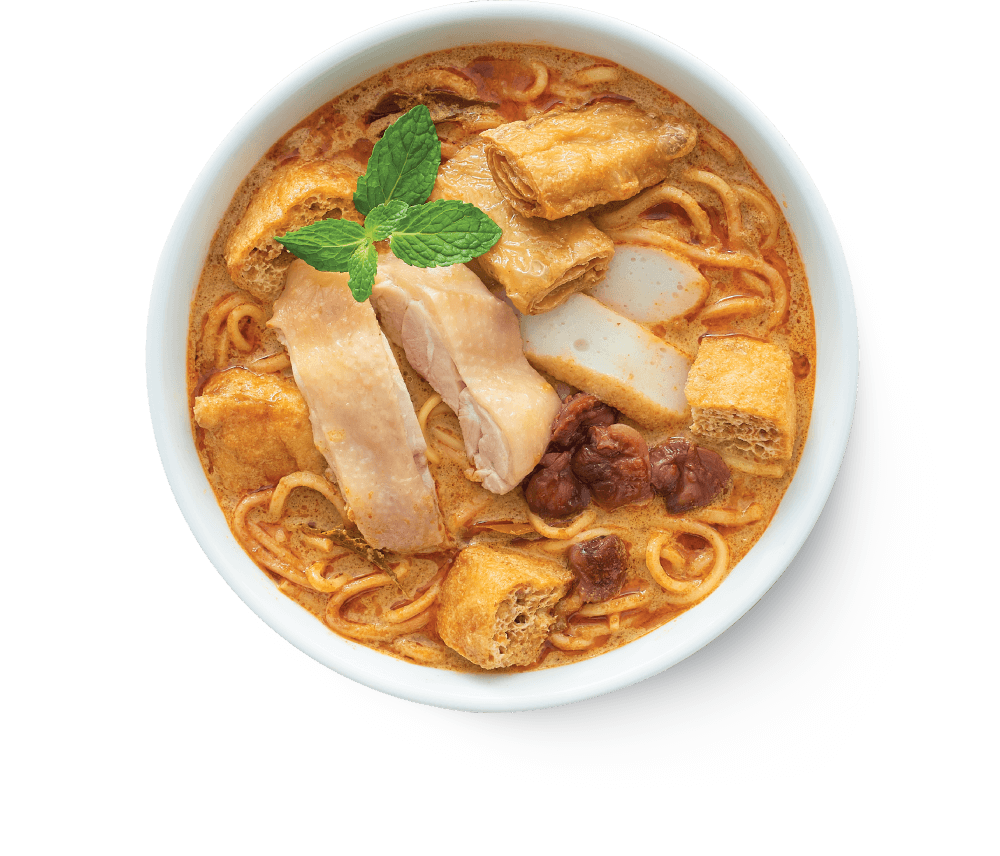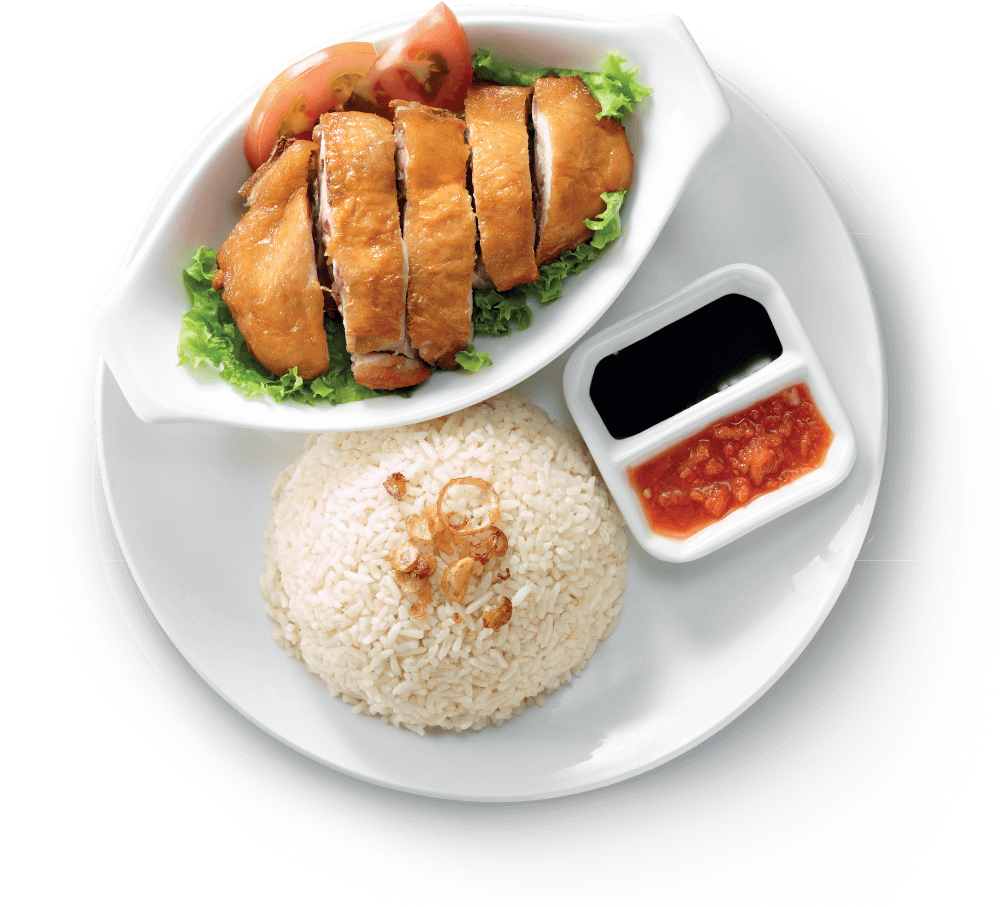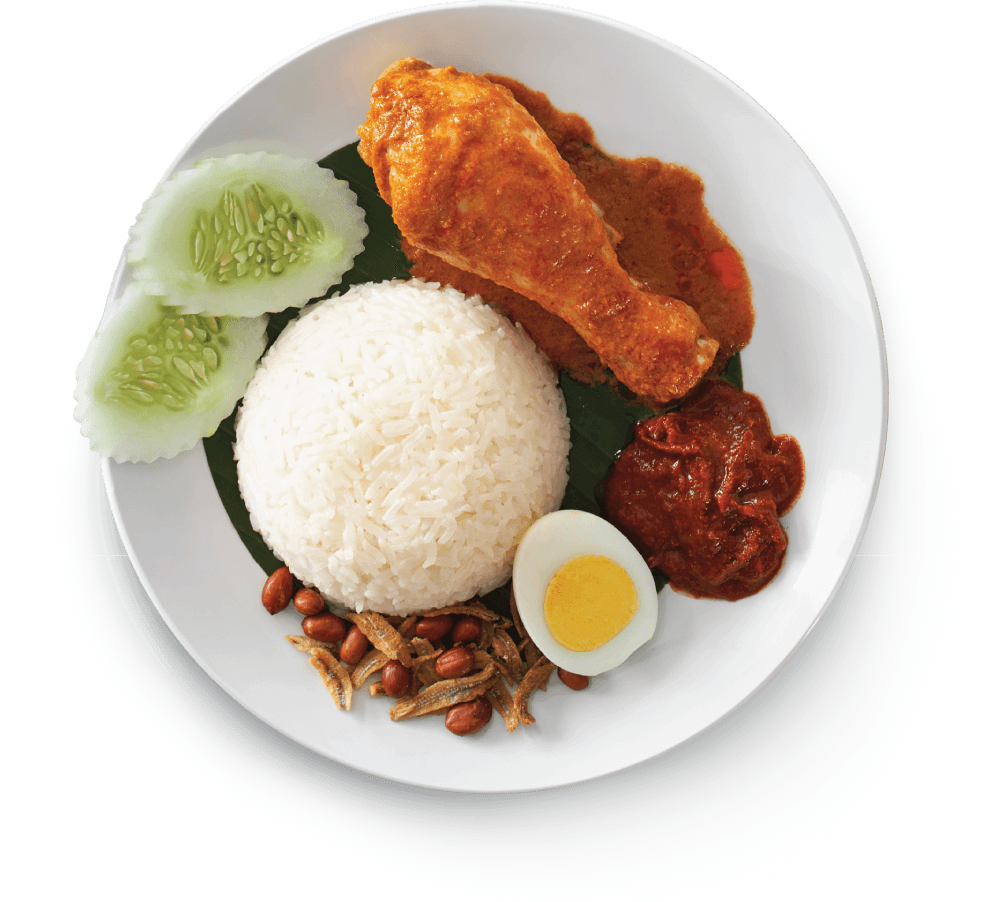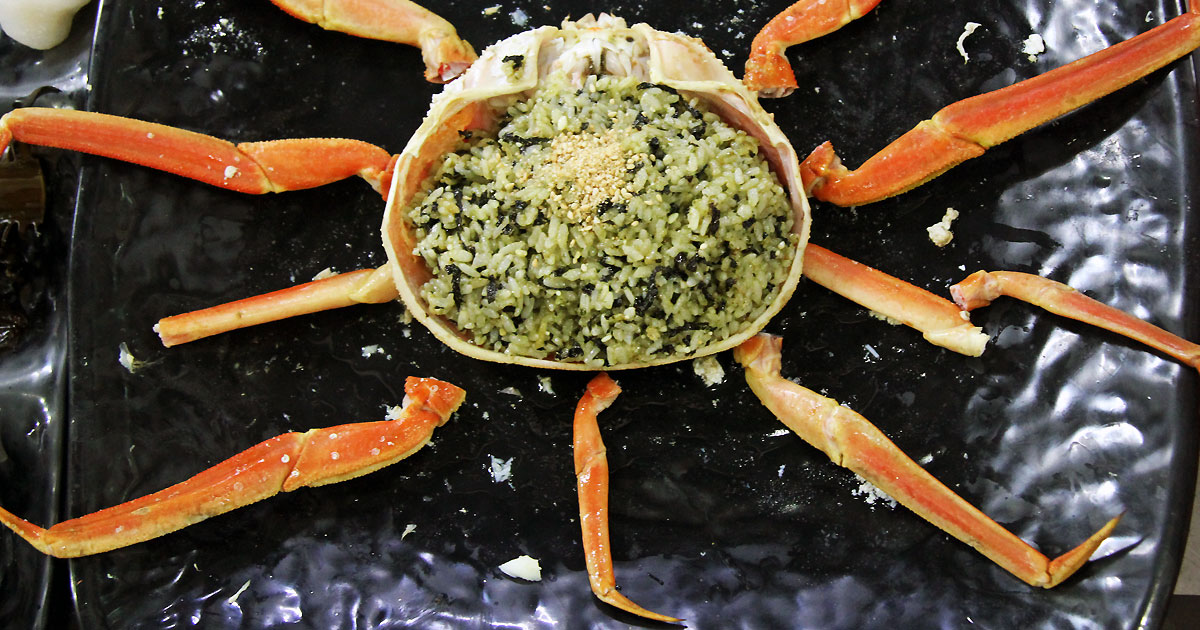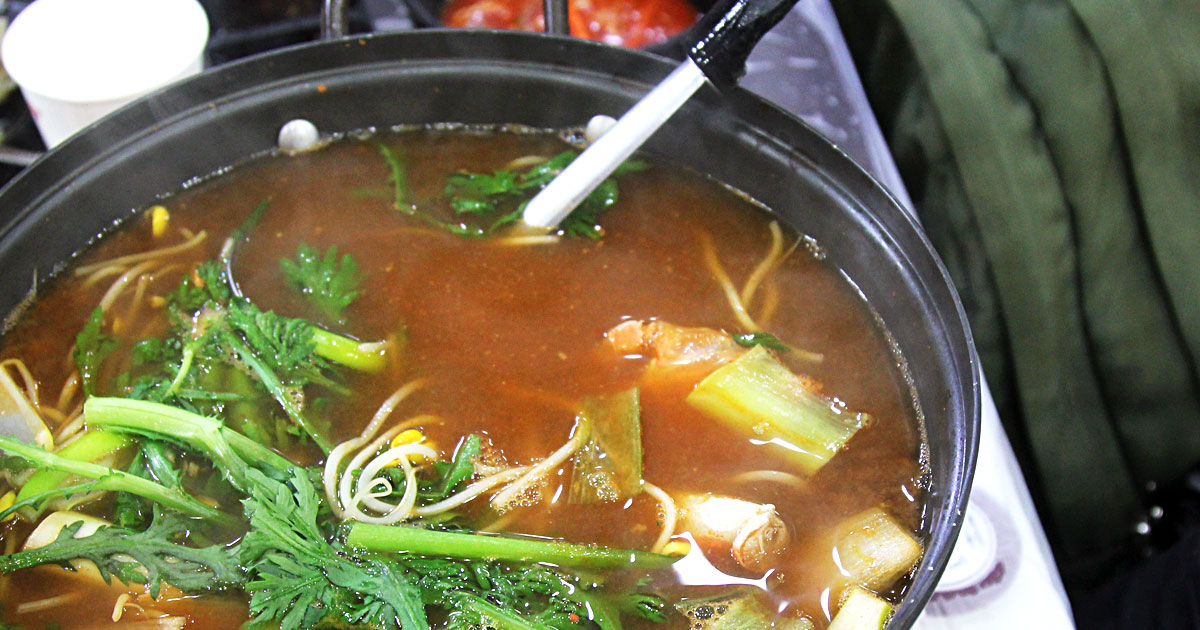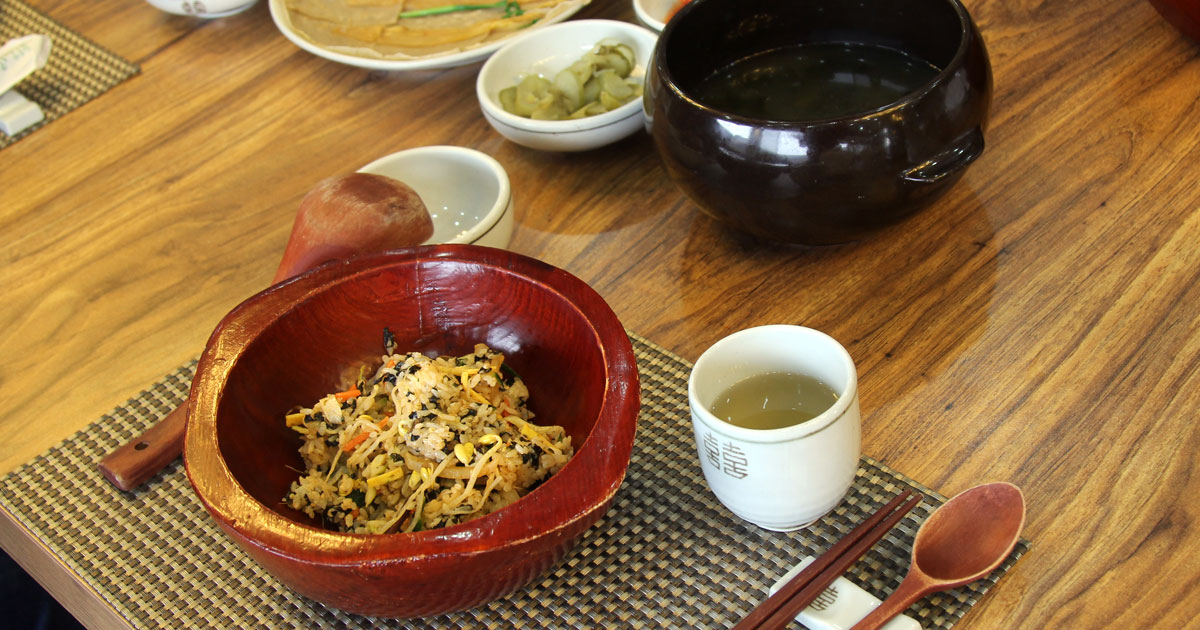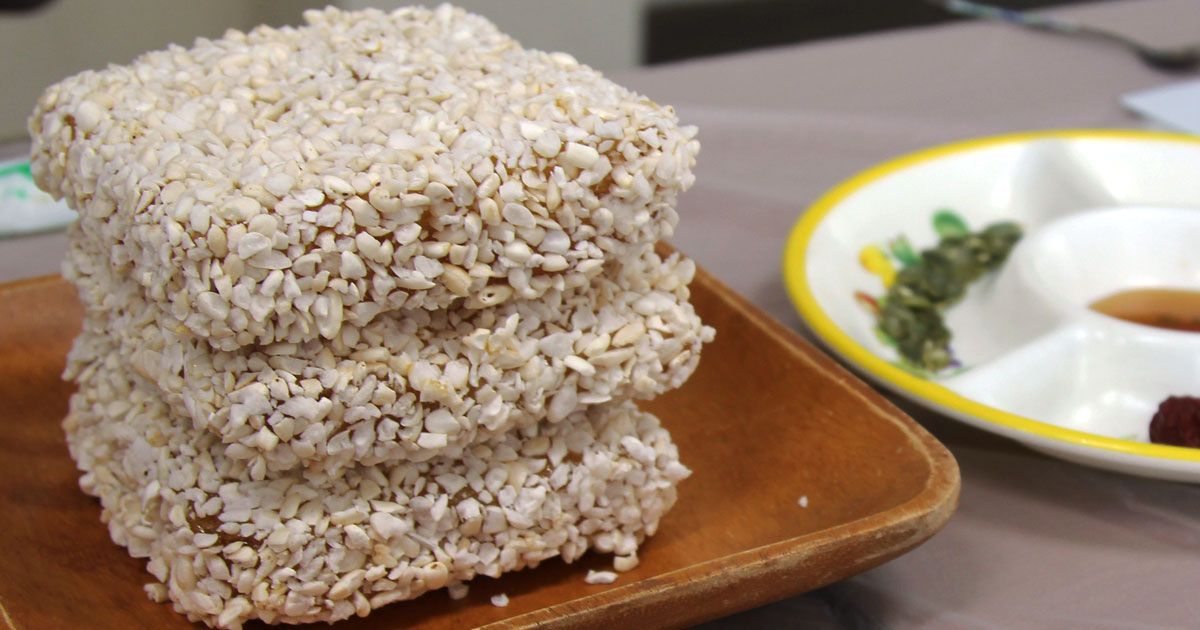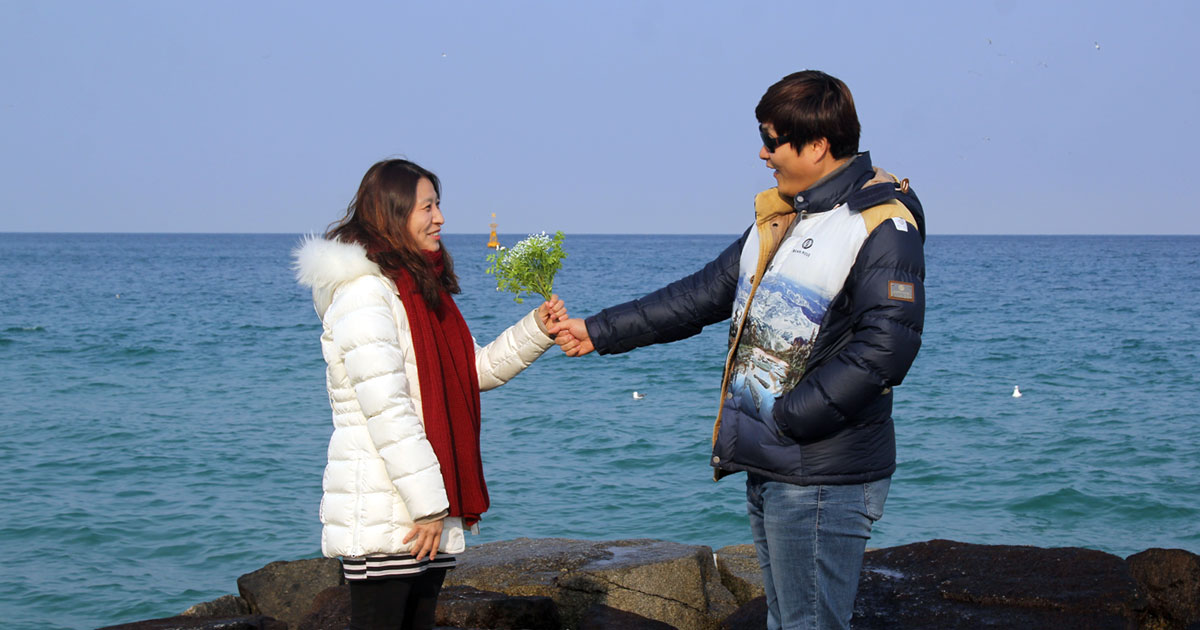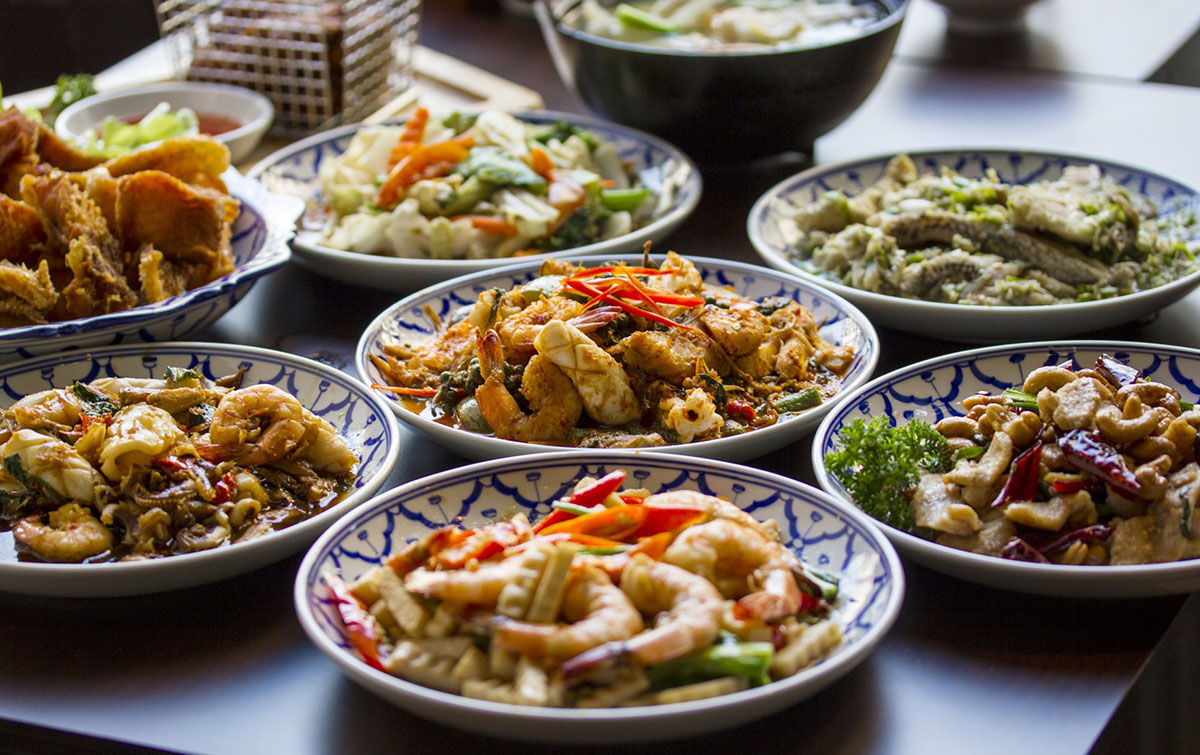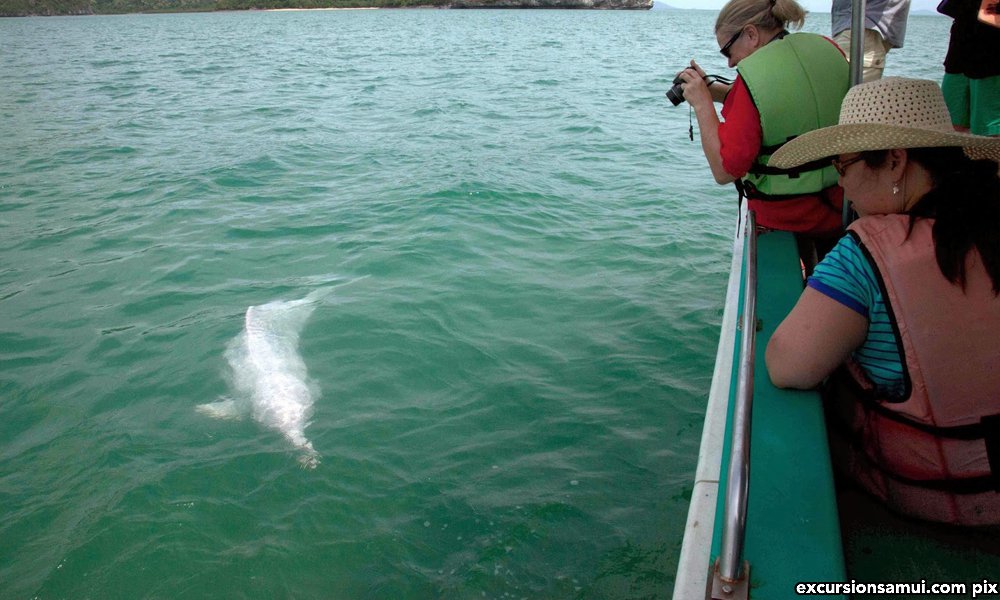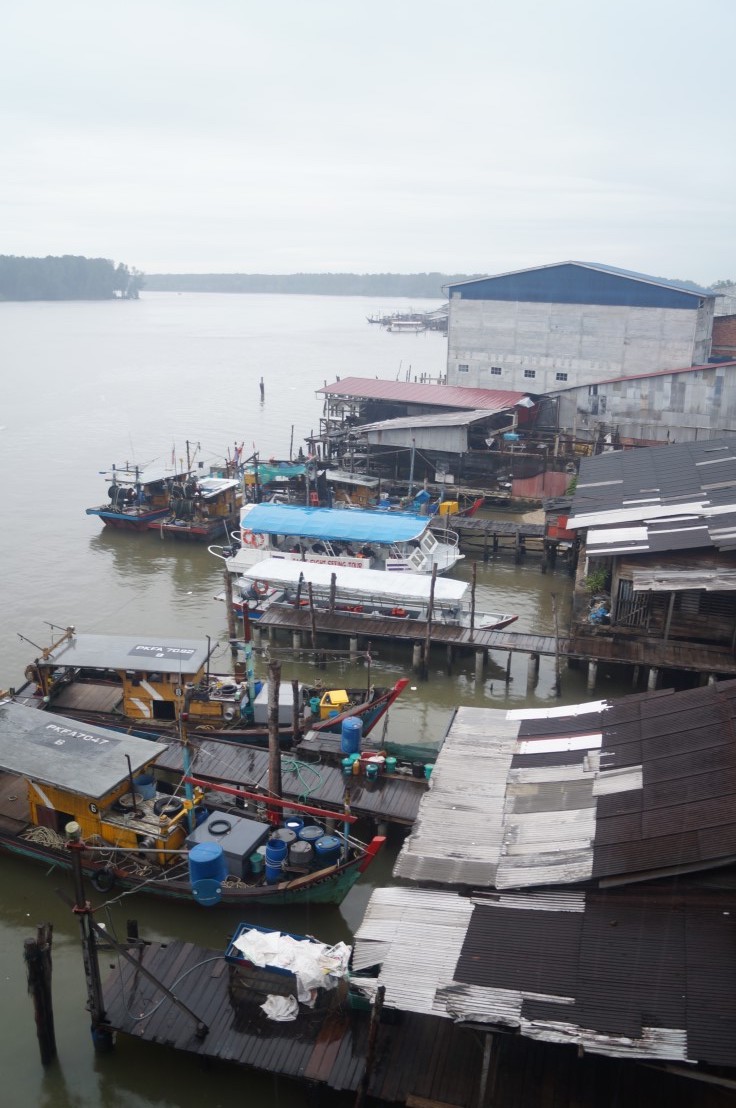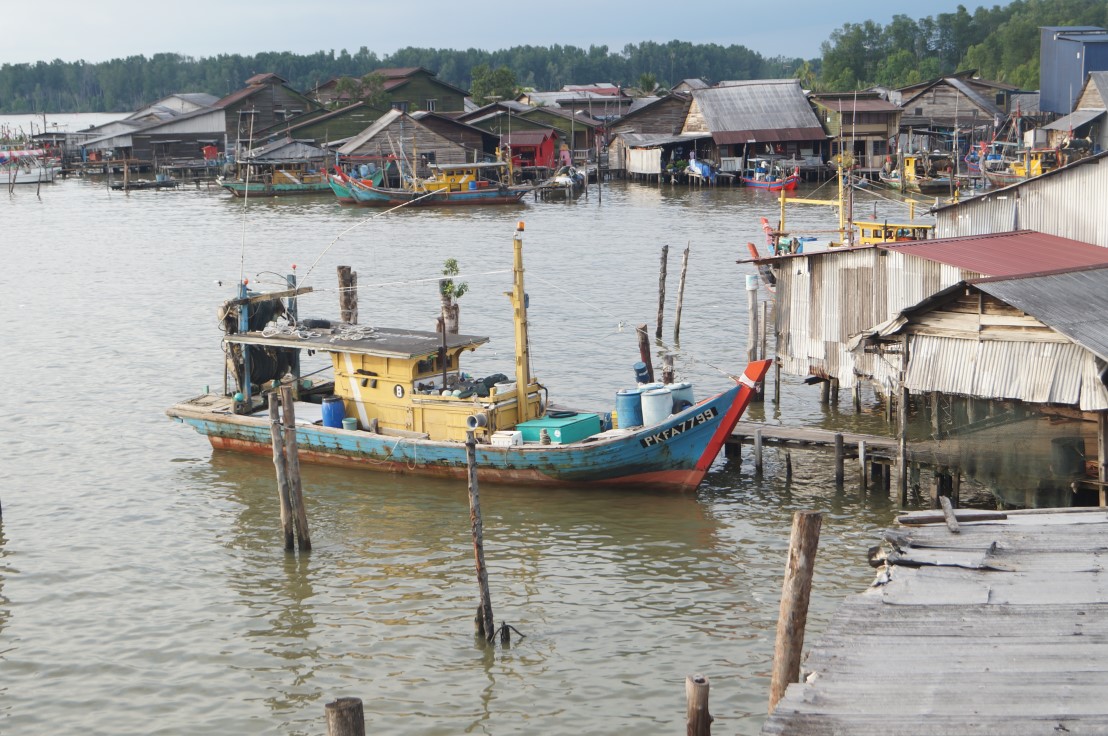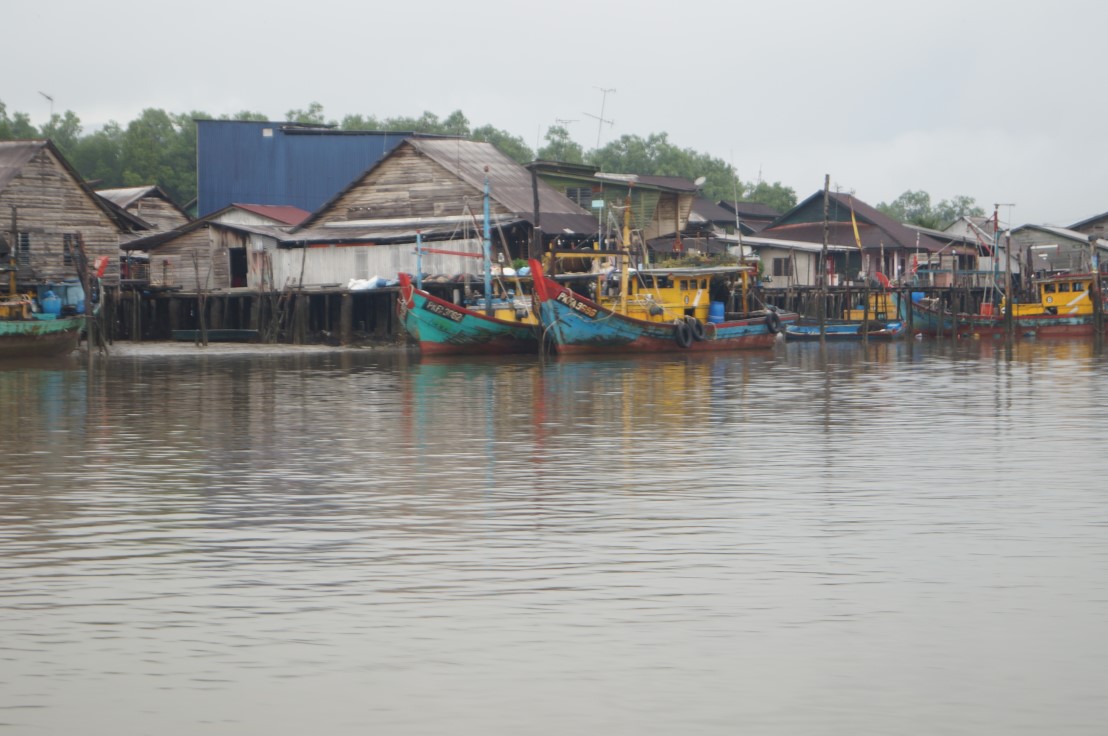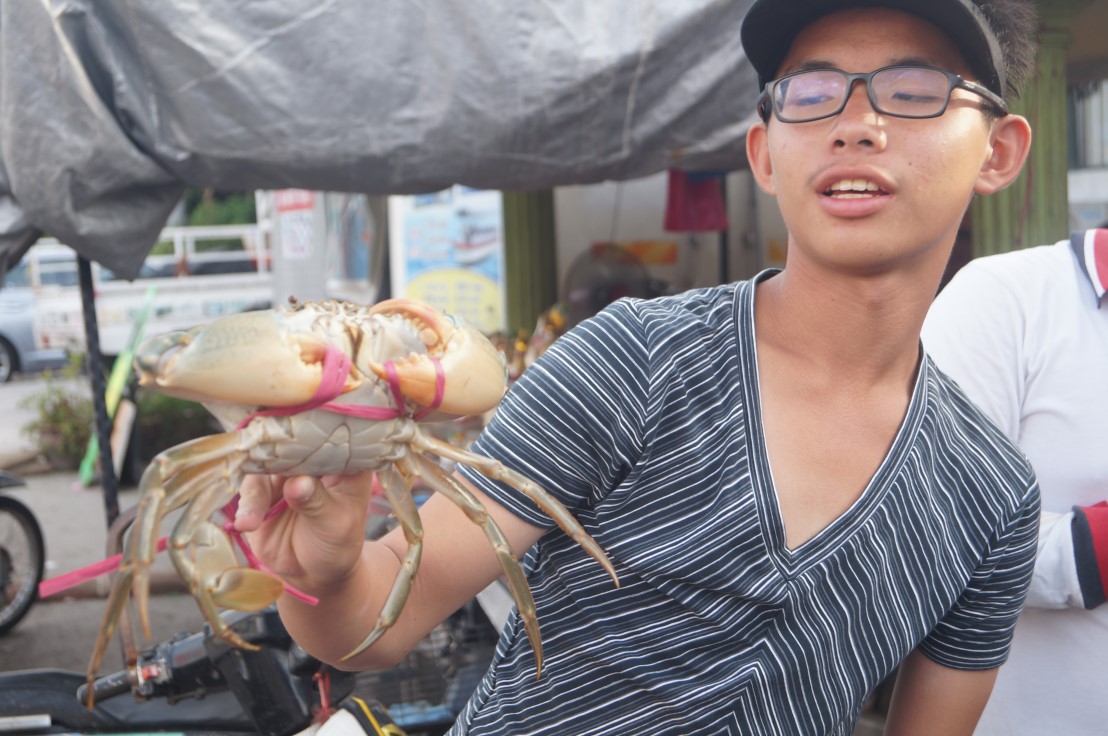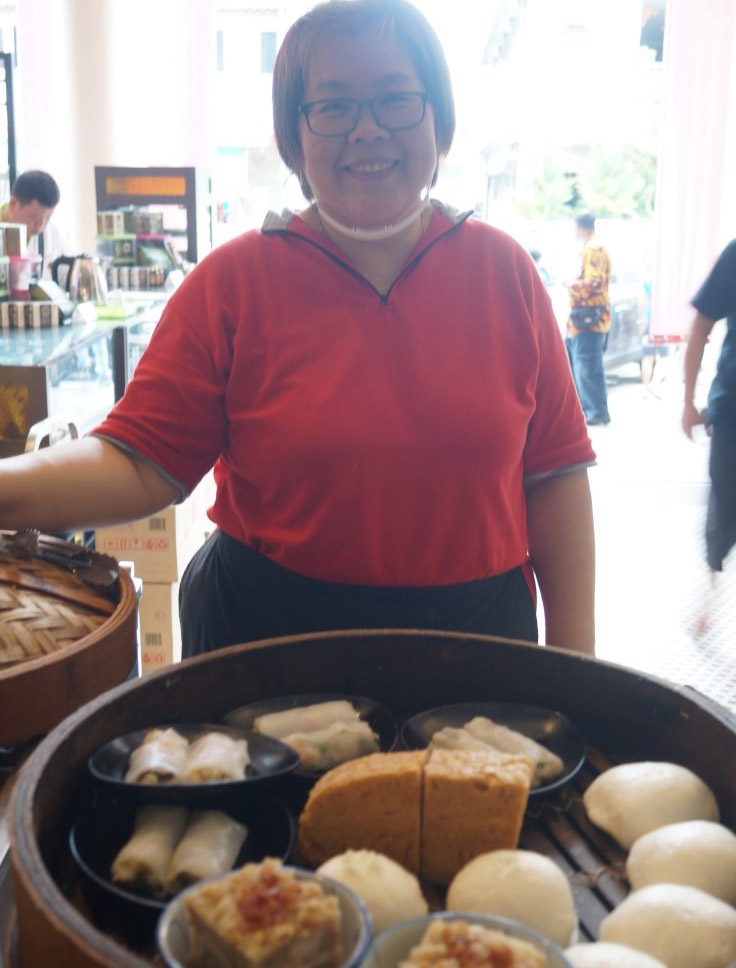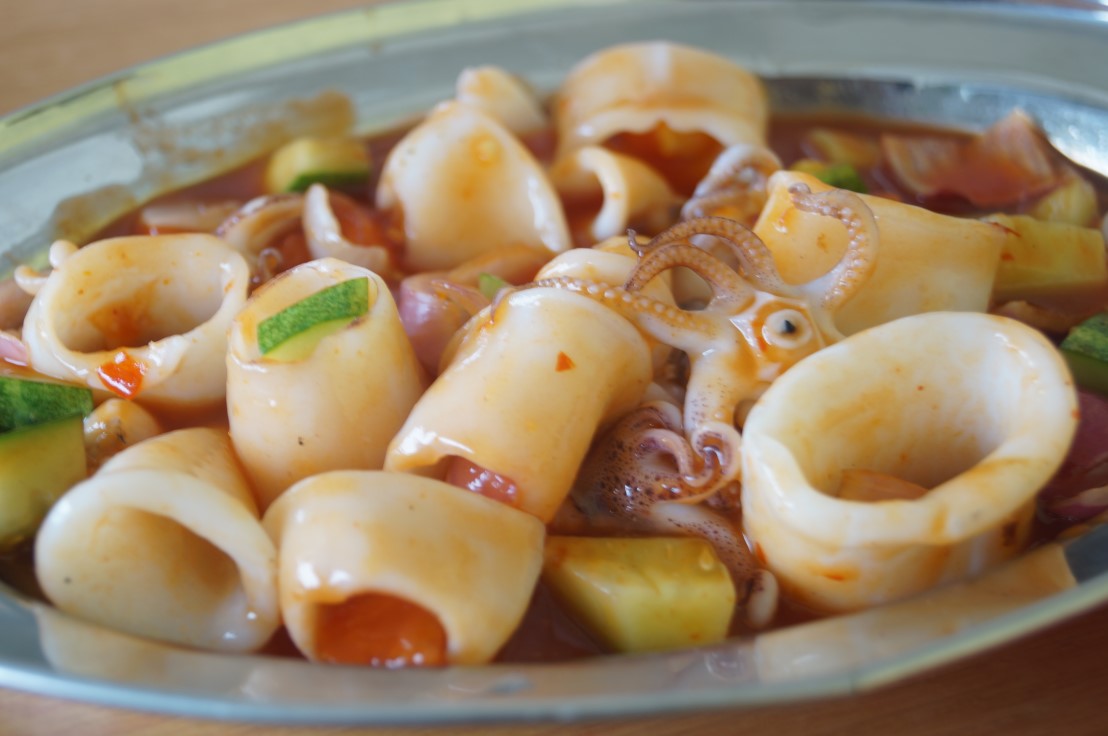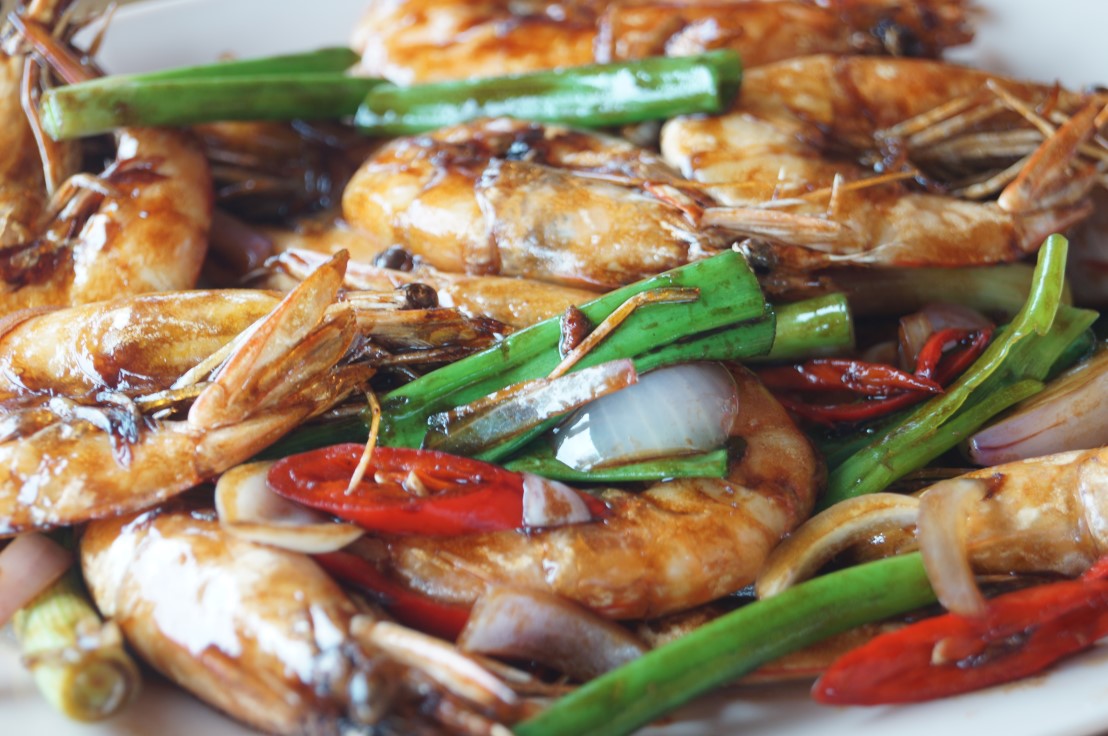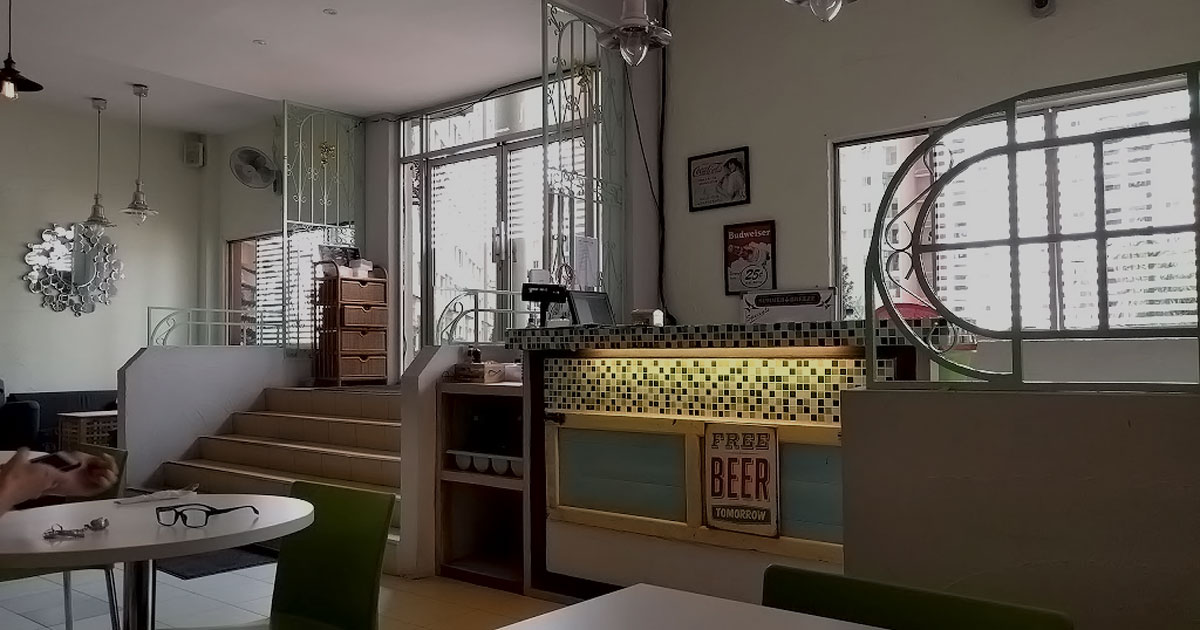
Café with a difference
Café with a difference
What impressed me about Summer Breeze Café at Casa Tropicana was when John Peter, its owner offered me a refreshing glass of iced serai tea on the house.
It was like a gust of cool breeze on a hot summer day as I had had a tough time trying to get someone to attend to my car before I finally decided that a tow truck was necessary.
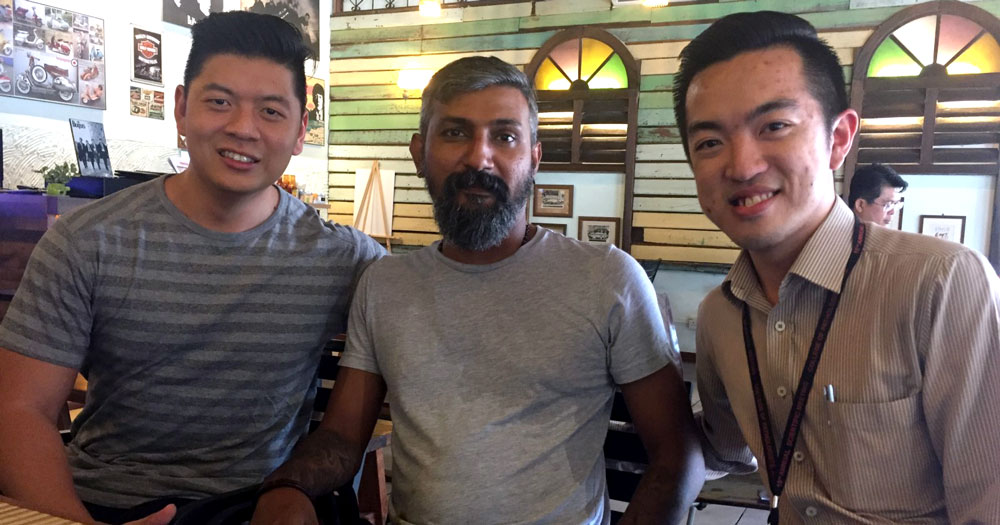
John and I had hardly known each other but the 55-year- old café owner did a gesture which was truly rejuvenating. It was the beginning of a new friendship and later, I was introduced to his nephew, Calvin Jacob.
I learnt that Calvin is a former full-fledged chef who had spent more than five years working with Shangri-la Singapore. He was just as friendly as his uncle and fellow partner in the café business. “As a chef, I also believe in creating a friendly environment where clients can enjoy their time here,” he said.
When he said this, I realise, the personal touch has been very lacking in eateries these days. It is true that often one would go to a busy restaurant just to enjoy the food, but the restaurant owner cared little but the profit for the day.
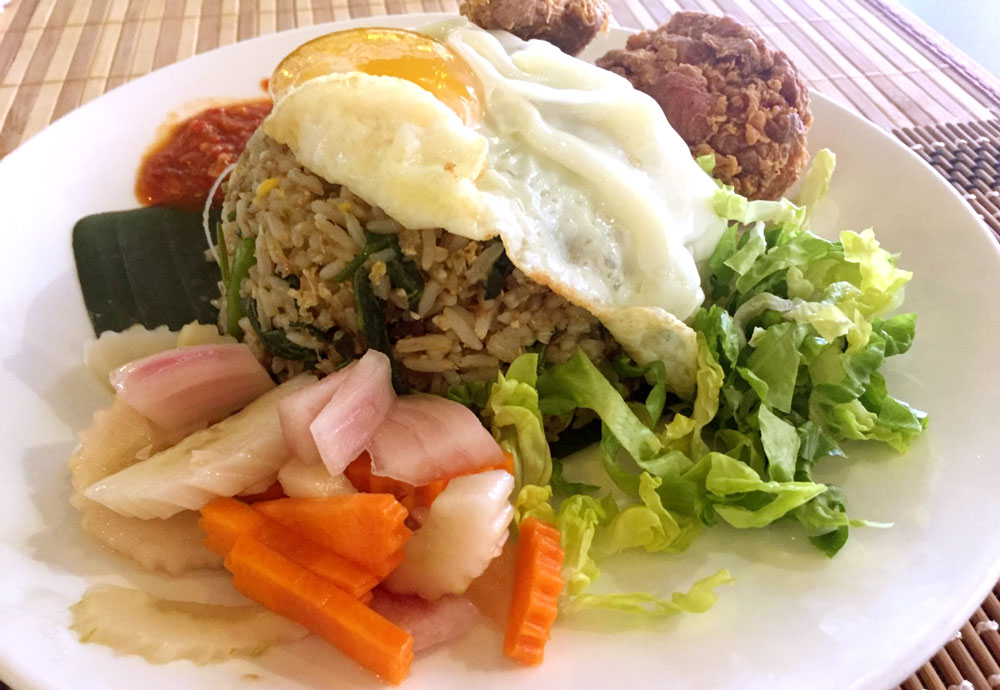
“As a chef, I also believe in creating a friendly environment where clients can enjoy their time here,”
The chef would hardly spend time chatting with his clients. So, in many ways, Summer Breeze café is very unique as Calvin would sit around to casually have a nice chat with his guests. He treats his guests like his old friends.
As we were talking, two clients were happy to chip in. They have checked out the food here when it first started and it is now their favourite café for lunch.
One of them, Dr Tan Chor Teck describes Calvin as one having a lot of passion about the way he prepares the food. “On top of that, what impresses me a lot is the personal touch,” he said.
Dr Tan’s friend, Tan Kian Shing who prefers to be known as KS, said: “When I first came to the café, I asked if the food could be served less spicy. Sure enough after the food was served, Calvin came around to ask if I wanted more chilli. Very few chefs would do that!”

“We encourage our staff to contribute ideas too.”
The 39-year-old Calvin Jacob is the man who created the menu here, but his uncle John also has a hand in it. Together they have come up with both Western and Asian dishes. Usually, the adults prefer the Asian dishes, while the kids enjoy their Italian pasta here.
In particular, I find their Hor Fun Soup (served for only RM9.90) very tasty and irresistible. “This idea of Hor Fun Soup came from our own kitchen staff,” admitted John. “We encourage our staff to contribute ideas too.”
John’s late father-in-law was also very famous for his Hainanese nasi lemak in Melaka known as Bunga Raya Ah Chai Nasi Lemak.
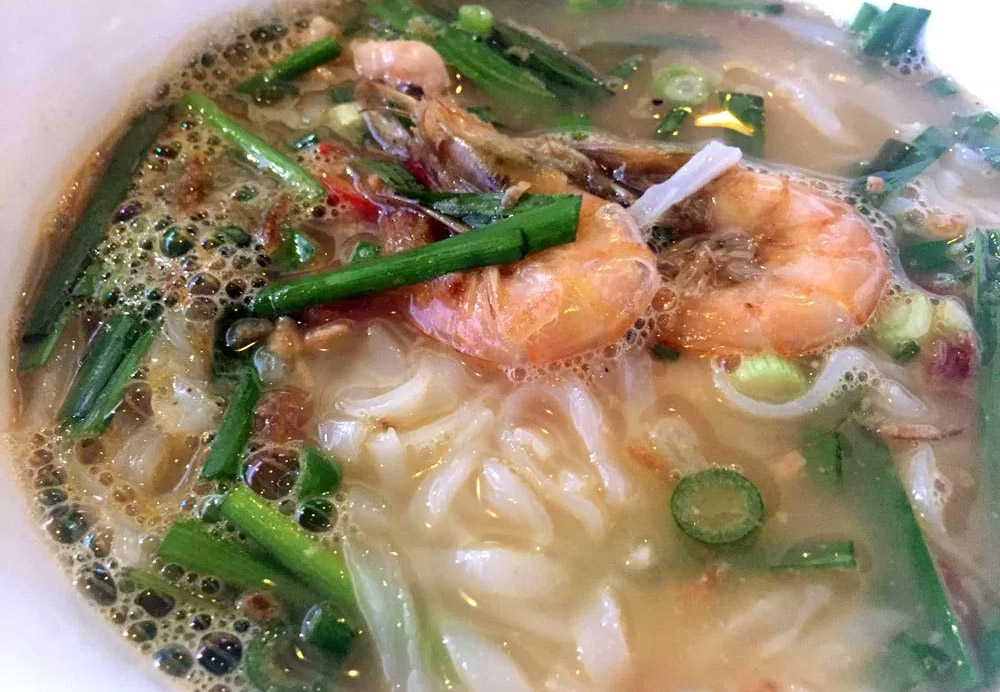
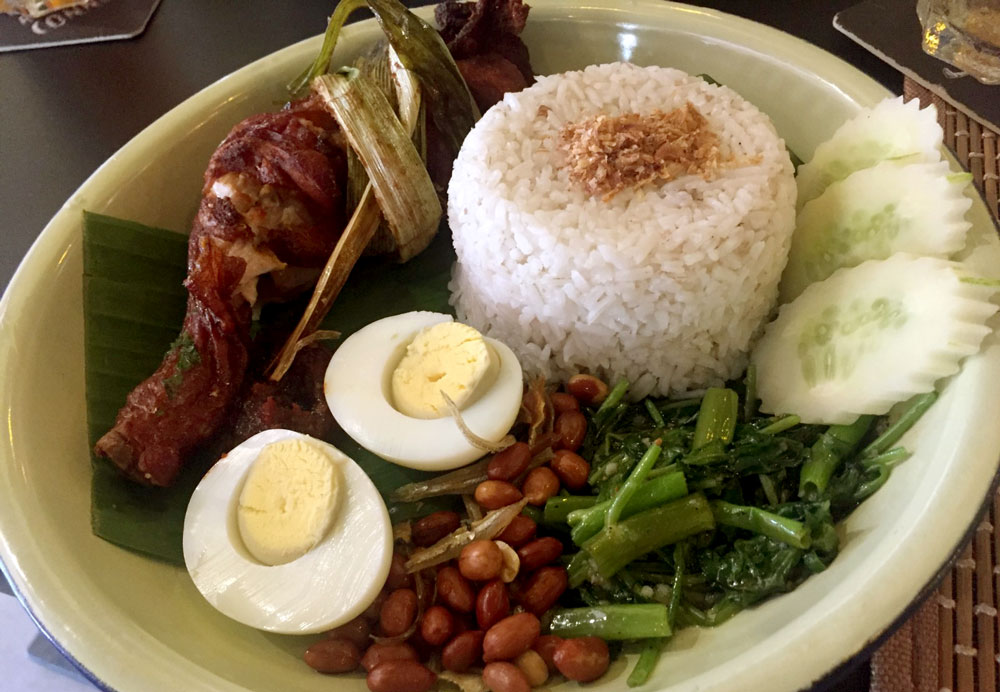
“I came up with my very own version of fried rice the way I believe my guests would love it.”
“When he was alive, people simply loved his nasi lemak,” he said. “A lot of his guests readily acknowledged that Ah Chai Nasi Lemak was simply the best in town. The nasi lemak is served with pandan chicken and special sambal cooked by my mother-in-law, which makes the nasi lemak really delicious.”
John’s late mother and his sisters are also very good cooks themselves. “My Mom, for example, would look into the nitty gritty of cooking to make sure that the food turns out great,” John recalls. “She was always very passionate with her cooking. I guess my sisters also acquired her culinary skills.”
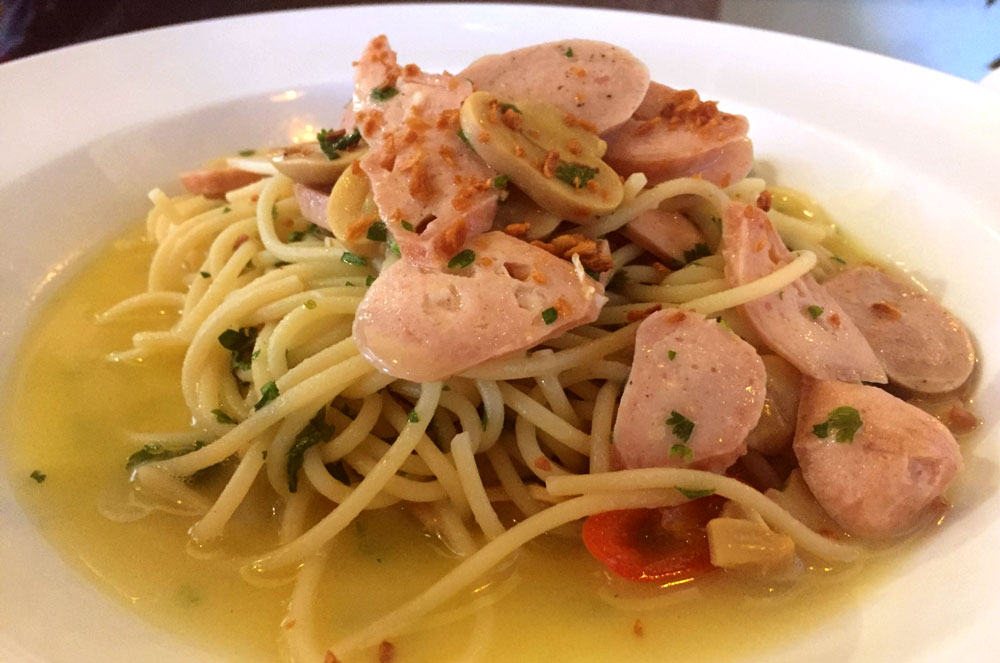
The café is also known for its Summer Breeze Fried Rice which is Calvin’s specialty. “I have always loved the fried rice,” he said. “I came up with my very own version of fried rice the way I believe my guests would love it.”
With the older children, Calvin’s Seafood Olio (RM16.90) is a favourite dish where they learn to enjoy the seafood, but the younger kids would probably prefer their Sausage Olio (RM14.90).
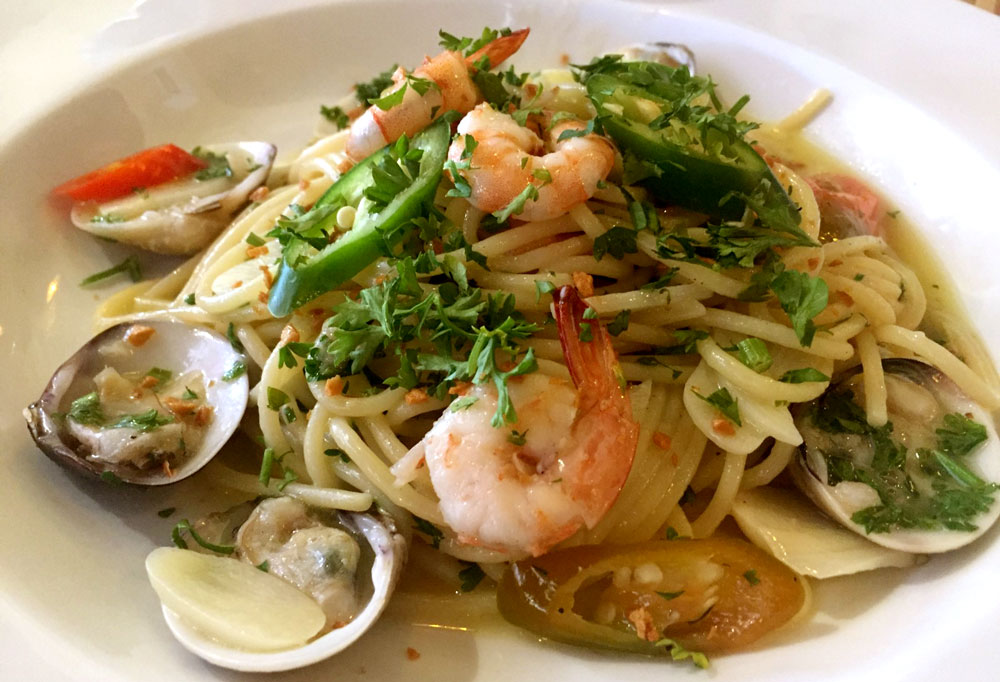
The café is open seven days a week from 11am – 11pm. Between 2.30 pm to 5.00pm is their special hour to cater to the older generation for them to hang out with their friends for a game of Chinese chess or draughts, while enjoying a cup of Teh Tarik, fruits or Nyonya Kueh. The Teh Tarik comes with different flavours.
It is in fact the second outlet that the uncle-and-nephew team have started in May this year, after gaining three years of experience operating their first café at the Bayu Puteri Apartment.
“We have been having a lot of enquiries elsewhere,” he said. “However, to us, we are very particular in selecting the location, the chef and the concept. What we need is a good chef, a good concept and a good location.”
Themed ‘Western and traditional Asian village’ in its décor, Summer Breeze café is located next to KK Mart at Casa Tropicana condominium at Persiaran Tropicana (Waze: https://waze.to/lr/hw281zg5jn).
STEPHEN NG is an ordinary citizen with an avid interest in all sorts of gastronomical delights, Western, Middle Eastern and Asian.

